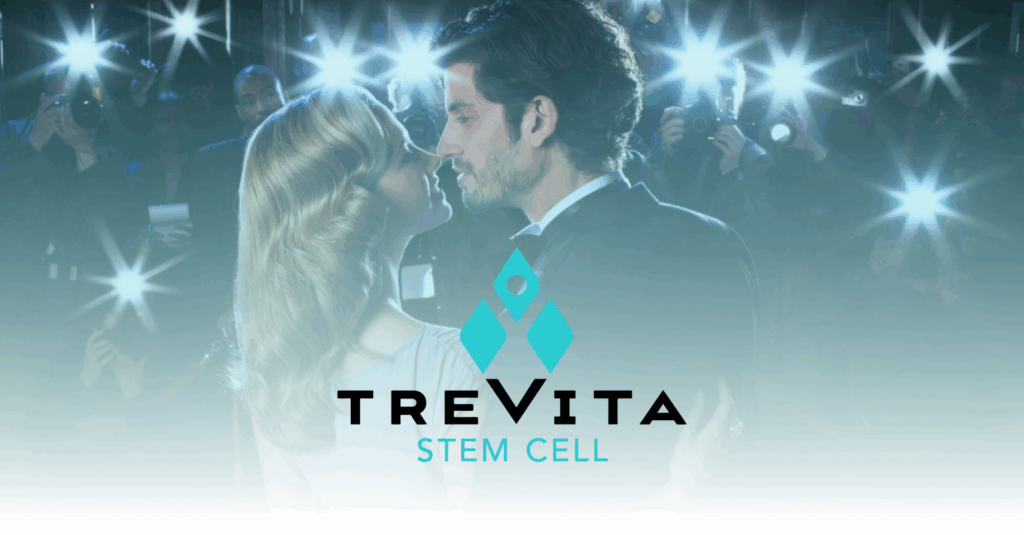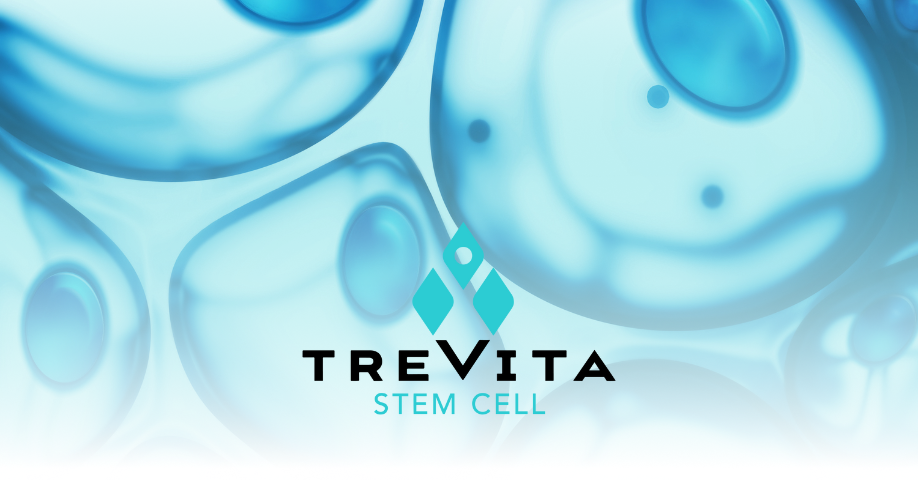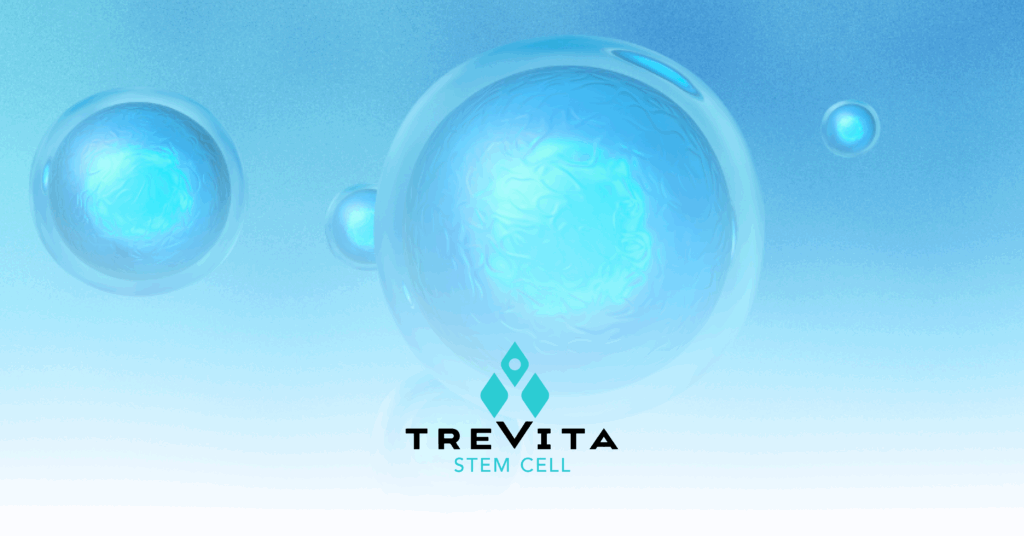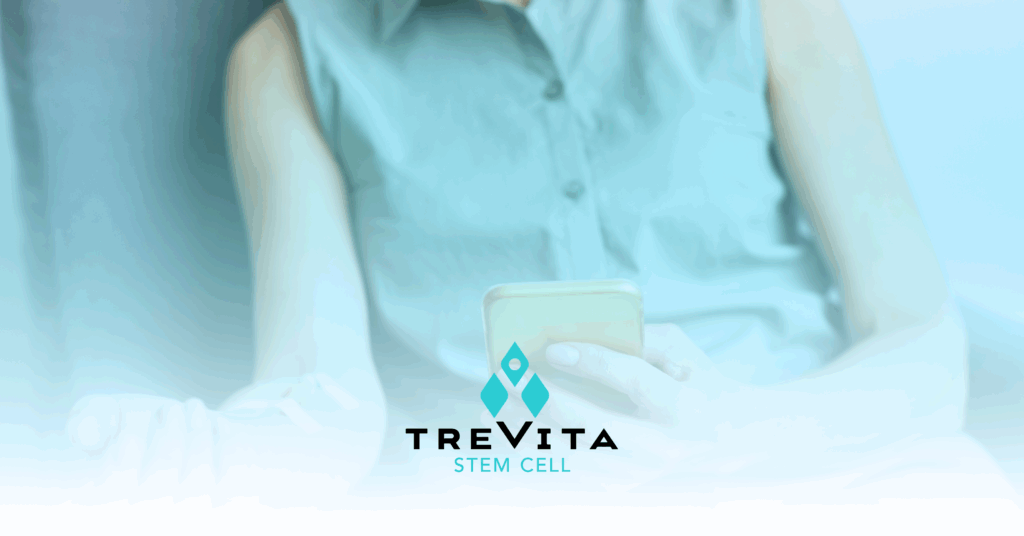Ok from the very beginning they walk you through everything you need to do and immediately you can tell they are professional and are all about the patient Fernanda Eliza Enrique Dr Sandy Miguel Alahandro for all the trivita team the drivers the nurses the doctors the hospital staff I mean I didn’t have one negative thing to say about any of them they took great care of us the hotel staff was over the moon completely recommend this experience to anyone on the fence schedule it today I have had multiple people get it done in the states and where treated horribly nothing compared to this experience the hotel is safe revolution ave is safe south of the arch the driving is different than the states it’s a little crazy but just a beautiful experience and will definitely be back to visit this city again was very much enjoyed and wish we were here longer thank you trivita and hope to see you all again






